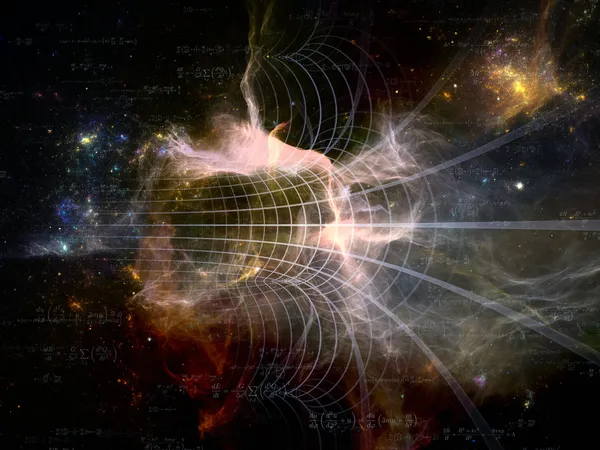Dr. Scott Austin conducts research in Astronomy and Cosmology
Dr. Austin seeks to determine the physical properties of the recently discovered binary start system, to better understand the evolution of these systems; to monitor rapidly rotating emission starts to better understand the physics of their mass ejects; and to help determine the orbital elements of newly discovered, near-Earth asteroids, to help protect the planet from collisions.
Dr. Debra Burris conducts research in Astronomy and Cosmology
“My research focuses on how elements heavier than iron are created in intense, astrophysical environments. Supernovae, neutron start and black hole mergers are the source of such rare elements as gold, platinum and uranium. The evolution of these stellar environments are not completely understood so the work on understanding the formation of these elements is ongoing”
Dr. Xiaowei Chen conducts research on smart in-home assistive robots
My current research focuses on the Dementia Care Assistive Robots (DCAR), an innovative cognitive intelligent assistive technology (IAT) designed for homecare settings. DCAR enhances traditional memory aids, orientation and location tools, safety and security systems, and telecare/telehealth devices by improving usability, flexibility, and programmability. It integrates customized robotics with cutting-edge artificial intelligence to provide audio-visual cues that support object affordance recognition, indoor navigation, and assistance with both Activities of Daily Living (ADLs) and Instrumental Activities of Daily Living (IADLs).

Image generated using ChatGPT

Initial Robot Design from Our Research Group
Dr. Carl Frederickson conducts research in Physical Acoustics

3-D printed curved surface used to produce a transverse cusp caustic.

Acoustic Impedance tube
My research focuses on the propagation of novel acoustic wave forms and the acoustics of porous media. The acoustics laboratory is equipped with a 4-in diameter acoustic impedance tube used for studying the acoustic properties of 3-D printed porous media and a 3-D printed device used to measure the resistance to air-flow through the materials. These topics are of interest to engineers at NASA. The acoustics laboratory at the Johnson Space Flight Center in Houston does many of the same measurements that we do in our lab. All measurements are automated providing you with experience interfacing equipment and computers. Students from my labs have made presentations at a number of national and international meetings.
 Dr. Jeremey Lusk conducts research in Astronomy and Cosmology
Dr. Jeremey Lusk conducts research in Astronomy and Cosmology
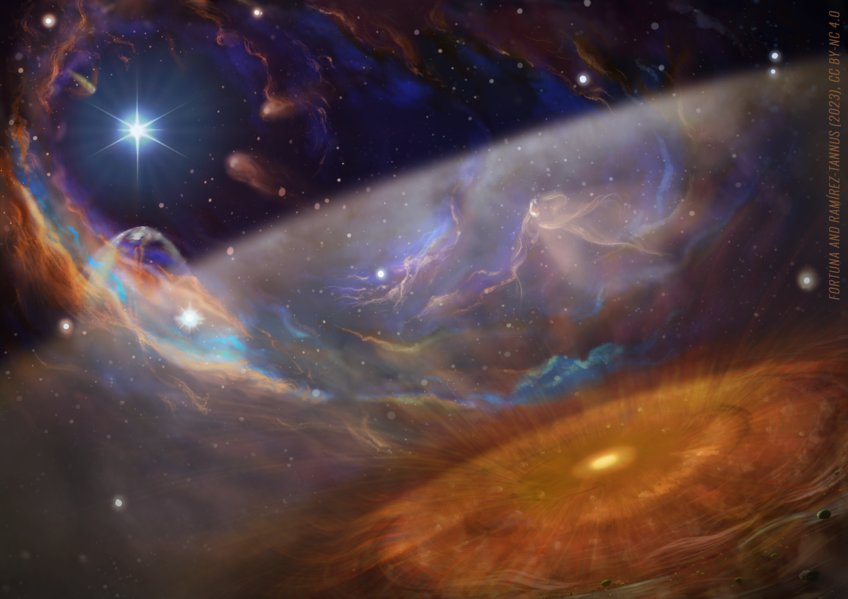 Much of the universe is invisible to the human eye. My research makes use of the UCA Radio Telescope to detect the invisible radiation given off by supernova remnants, pulsars, nebulae, and cold, dense gas clouds in our own Milky Way galaxy. I’m also interested in computational physics, and the ways that clusters of parallel computers can be used to process huge amounts of data or accelerate complex simulations. Students can use the radio telescope in conjunction with our small parallel supercomputer to get hands-on experience with advanced scientific technologies.
Much of the universe is invisible to the human eye. My research makes use of the UCA Radio Telescope to detect the invisible radiation given off by supernova remnants, pulsars, nebulae, and cold, dense gas clouds in our own Milky Way galaxy. I’m also interested in computational physics, and the ways that clusters of parallel computers can be used to process huge amounts of data or accelerate complex simulations. Students can use the radio telescope in conjunction with our small parallel supercomputer to get hands-on experience with advanced scientific technologies.
Dr. Andrew Mason conducts research in Physics Cognition
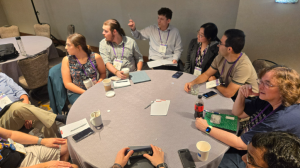 Dr. Mason is studying aspects of cognition in problem solving in physics courses and how that might affect their mastery of the material. He tries to identify variables on which students’ master of a problem-solving framework might rely, and seeing if students’ master of the content improves when interventions to an in-class situation are applied.
Dr. Mason is studying aspects of cognition in problem solving in physics courses and how that might affect their mastery of the material. He tries to identify variables on which students’ master of a problem-solving framework might rely, and seeing if students’ master of the content improves when interventions to an in-class situation are applied.
Dr. Mason focuses on the algebra-based College Physics course sequence, specifically the role of 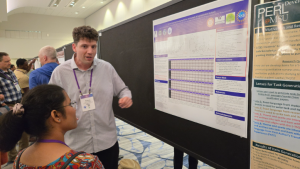 achievement goals and attitudes towards physics learning and how that may affect success in the course with problem solving. He is also focusing on upper-division electromagnetism with an external group at a large research university, specifically trying to design tutorials for that course that a) are built upon a more explicit problem-solving framework, and b) are flexible and adaptable to different teaching methods.
achievement goals and attitudes towards physics learning and how that may affect success in the course with problem solving. He is also focusing on upper-division electromagnetism with an external group at a large research university, specifically trying to design tutorials for that course that a) are built upon a more explicit problem-solving framework, and b) are flexible and adaptable to different teaching methods.
Dr. Rahul Mehta conducts research in Biophysics and Nuclear Physics
Biophysics: “In my current research, I am studying bone systems and interacting with researchers from medical and biosciences. I am adopting sensors technology to life science research. The measured data set is being analyzed using the solution of differential equation from engineering beam theory. This requires modifying applicable theory and adopting for our system. My understanding of certain complex bone structure together with the similar structures in other science and engineering fields provides me a unique outlook on problem solving.”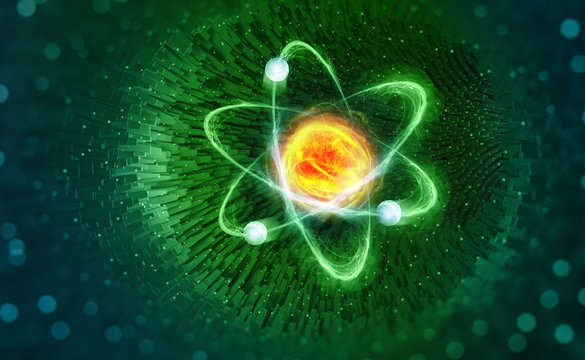
Nuclear Physics: “My background with atomic and nuclear physics research and application of various spectroscopic techniques (X-ray Fluorescence (XRF) Spectroscopy, Scanning Electron Microscopy (SEM), Neutron Activation Analysis (NAA), Gamma Ray Spectroscopy (GRS), Particle Induced X-ray Emission spectroscopy) (PIXE)) allows me to analyze new materials, apply novel methodology in applications of detection system and insights into development of newer and modified detector system. I have analyzed samples at the micron and sub micron levels using analytical techniques.”
Dr. Balraj Menon conducts research in Theoretical Physics
Geometric structures play a pivotal role in our current description of the physical universe. The physics landscape is replete with geometric structures, such as differentiable manifolds, metric spaces, connections, curvature, Lie groups and Lie algebras, and bundles. The importance of geometry in physics was enunciated by Einstein in his development of the special and general theories of relativity. Since then, physicists and mathematicians have successfully uncovered the geometric underpinnings of various mathematical structures prevalent in physics, including the Lagrangian and Hamiltonian formulations of classical mechanics, classical electromagnetism, quantum mechanics, the quantum field-theoretic description of the fundamental interactions and in our understanding conservation laws of classical and quantum systems. 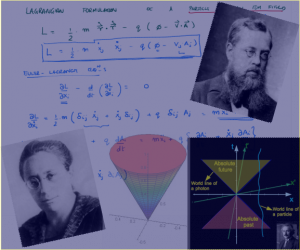 The goal of my research program at the department is to involve our undergraduates in research projects that focus on the investigation of symmetry groups and local conservation laws in classical field theories and quantum mechanics and to give them an opportunity to probe the underlying geometric structure prevalent in various physical systems they encounter in their undergraduate courses.
The goal of my research program at the department is to involve our undergraduates in research projects that focus on the investigation of symmetry groups and local conservation laws in classical field theories and quantum mechanics and to give them an opportunity to probe the underlying geometric structure prevalent in various physical systems they encounter in their undergraduate courses.
Dr. William Slaton conducts research in Acoustics and Engineering
“I’m a classical physicist who likes to work on acoustics or engineering problems. I tend to work on project ideas directly with students and tailor a project that meets both our interests. Currently, I’m working with a student on a circuit and data logging device to take light and temperature data across the state for the upcoming total solar eclipse. Another student is working on a project to design and build a robotic percussionist.
For more information, visit my webpage: http://faculty.uca.edu/wvslaton/
Dr. Azida Walker conducts in Biophysics
“My current research focuses on measuring the effect of radiation on the conductance of potassium ion channels. These channels play an important role in regulating vascular smooth muscle (VSM) and in regulating membrane potential. A typical space mission lasts about 6 months. During this time astronauts are exposed to 50-2000 millisieverts (mSv). I am interested in quantifying any changes in the effect of this radiation on human health at a molecular level. I use X-ray radiation to administer similar doses of radiation and electrophysiology patch-clamping techniques in my experiments.”
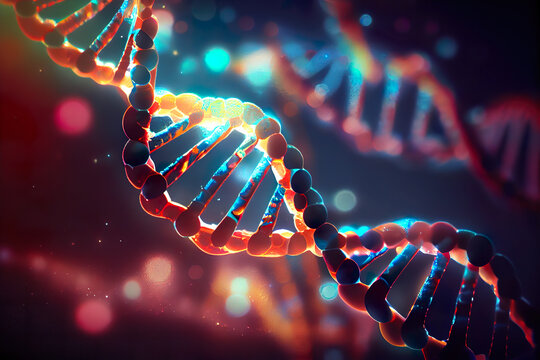
Dr. Lin Zhang conducts research in Robotics and Artificial Intelligence.
“My research interests are robotics and deep reinforcement learning. I challenge my robots to learn advanced skills (navigation, manipulation, cooperation, etc.) from trial and error. I am dedicated to developing more intelligent robots by rewarding them for their progress.”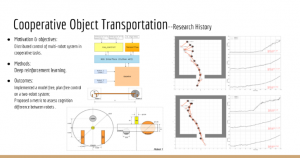
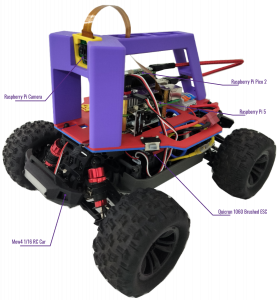
- Dr. Stephen Addison is the Dean of the College of Science and Engineering. He conducts research in Acoustics, Signaling Processing, and Data Science.


